01 Jan 1958
The Travel Game
A light and somewhat satirical look at the problems and pleasures of Continental holiday travel. A passenger on the Hook Continental Express from Liverpool St. imagines the possible destinations of his fellow passengers.
Self
01 Jan 1958
A light and somewhat satirical look at the problems and pleasures of Continental holiday travel. A passenger on the Hook Continental Express from Liverpool St. imagines the possible destinations of his fellow passengers.
01 Jan 1965
A journalist chats on the unusual excursions possible from nodal stations on Europe's train networks. Douglas Browne, journalist and traveller, takes us about Europe re-telling his experiences of many countries (Italy, Switzerland, Germany, Spain) and letting us into the secret of making the journey over land and see an exciting part of a holiday or business trip.
01 Jan 1962
Dr Beeching, Chairman of the British Transport Commission, sits at a desk addressing workers. Intended to be shown before a programme of other British Transport films.
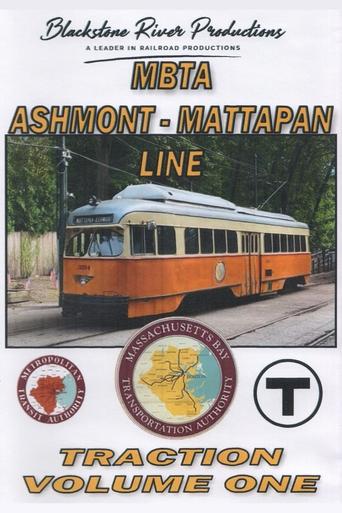
01 Jan 2023

The Ashmont-Mattapan High Speed Line operates 2.6 miles of track from Ashmont Station to Mattapan Station just south of Boston. We capture this neat little commuter operation in the state of Massachusetts. They operate with all PCC trolley cars! This operation offers a vital link to commuters to get to Boston easily from the suburbs of Boston! It is a landlocked line that connects with the Red Line at Ashmont Station! Filmed in 2022 & 2023 at 7 of the 8 stations.
18 Jul 2022
No overview found
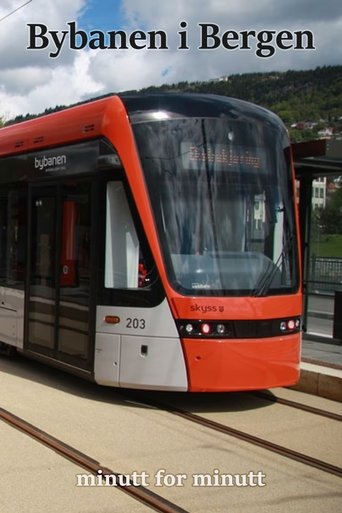
01 Jun 2010

The 28-minute presentation Bybanen i Bergen – minutt for minutt showed a trip on the Bergen Light Rail from Nesttun to Bergen, shortly after the opening of the line in June 2010.

05 Sep 2010

Experience one of the most spectacular train journeys in Norway from the orchestra stand. Join us minute by minute from high mountain to fjord. The journey starts at Myrdal station on the Bergen Railway and winds from 866 meters above sea level down to Flåm by the Sognefjord.
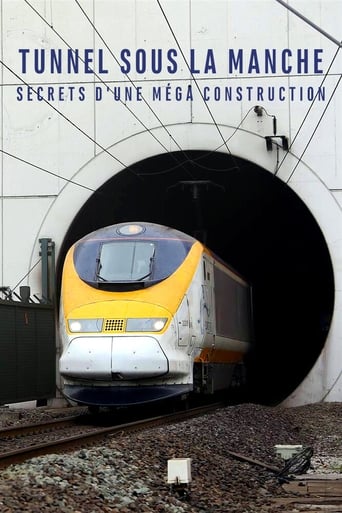
12 Jun 2019

The Channel Tunnel linking Britain with France is one of the seven wonders of the modern world but what did it take to build the longest undersea tunnel ever constructed? We hear from the men and women, who built this engineering marvel. Massive tunnel boring machines gnawed their way through rock and chalk, digging not one tunnel but three; two rail tunnels and a service tunnel. This was a project that would be privately financed; not a penny of public money would be spent on the tunnel. Business would have to put up all the money and take all the risks. This was also a project that was blighted by flood, fire, tragic loss of life and financial bust ups. Today, it stands as an engineering triumph and a testament to what can be achieved when two nations, Britain and France put aside their historic differences and work together.
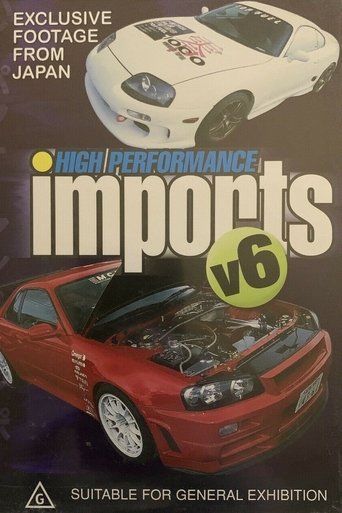
01 Nov 2003

Featuring exclusive footage from the makers of "High Performance Imports," Australia's top automotive publication covering the Japanese import scene, this video magazine takes you along for a pulse-pounding ride through furious drift and circuit battles, street drags and racing action. You'll tour the HKS factory and chat with their engineers; visit the leading vehicle workshops; track the development of the R34 Skyline project car; and much more.
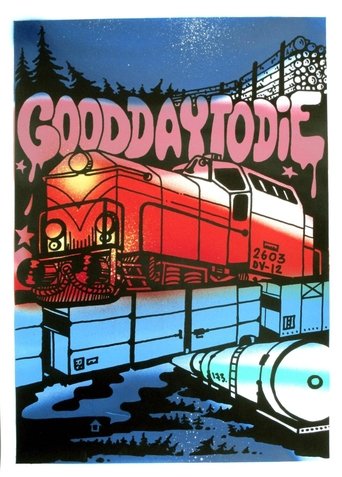
26 Nov 2022

Several films have been made about the lives of train hobos, but Aleksi Pohjavirta's A Good Day to Die is probably the first Finnish documentary on the subject. The film follows Billy, who travels in a pump on freight trains. In the way of life, the feeling of freedom and letting yourself be carried away by chance are attractive and they make the train bomb strive for a windy ride again and again.
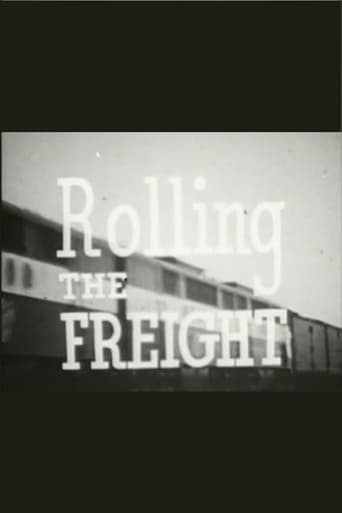
01 Jan 1947

Film on the movement of material from the Chicago and Northwestern System.
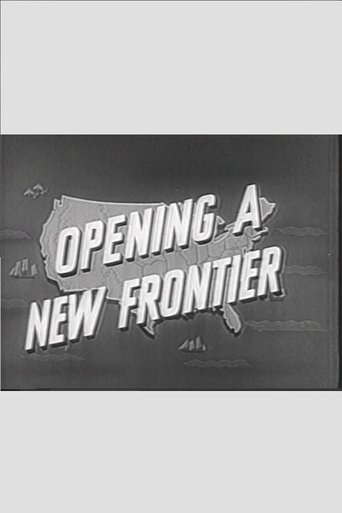
01 Jan 1955

A documentary outlining the railroad's roll in expanding the nation.
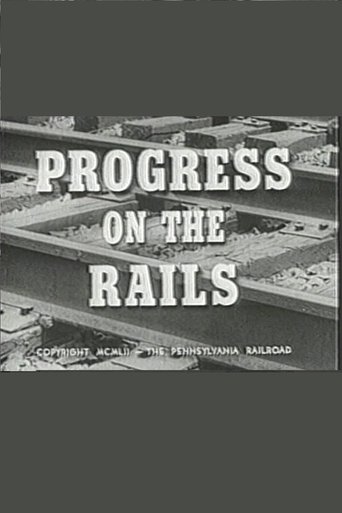
01 Jan 1952

A production from the Pennsylvania Railroad outlining the advancement of the country on the back of the locomotive.
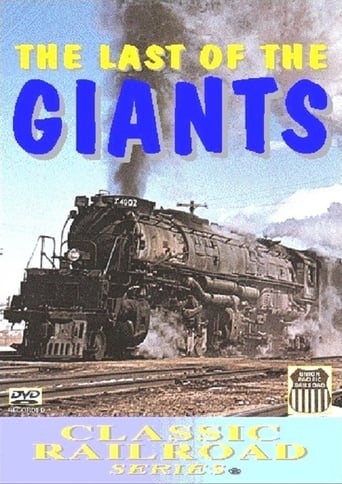
01 Jan 1959

A Union Pacific production outlining the Big Boy locomotive and the history of the last great steam engine to rule the rails
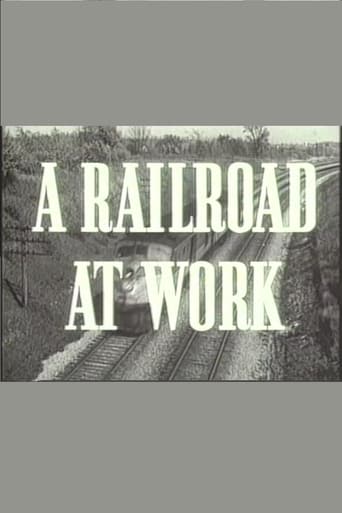
01 Jan 1942

A documentary on railroads doing their daily tasks created by trhe The Milwaukee Railroad
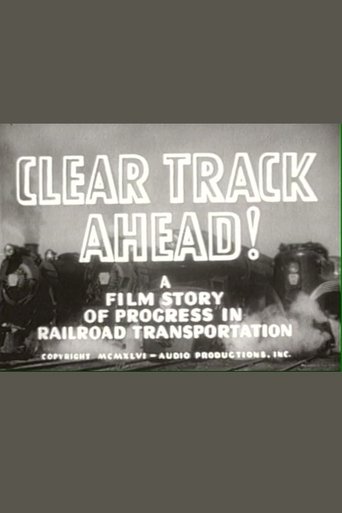
01 Jan 1946

A story of progress in railroad transportation
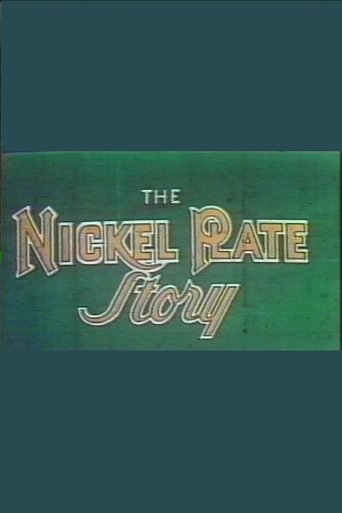
01 Jan 1953

The story of the independent railroad and its survival against the giants.
01 Jan 1947
A Documentary on the railways and their role in supporting the United States
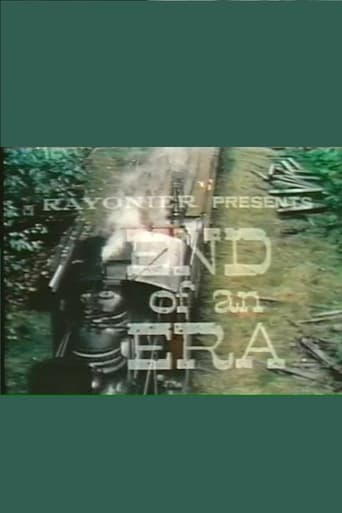
31 Mar 1962

A documentary on the passing of the steam locomotive as the primary means of transportation in the United States
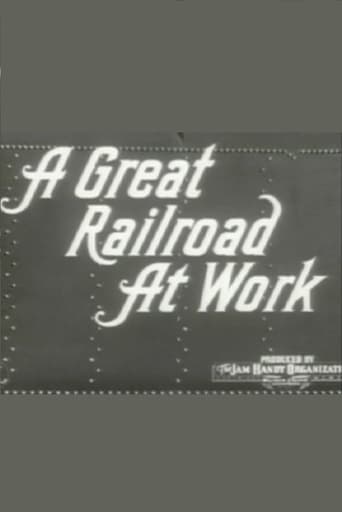
01 Jan 1942

A documentary outlining railroad work and the effects on the lives impacted by the iron horse